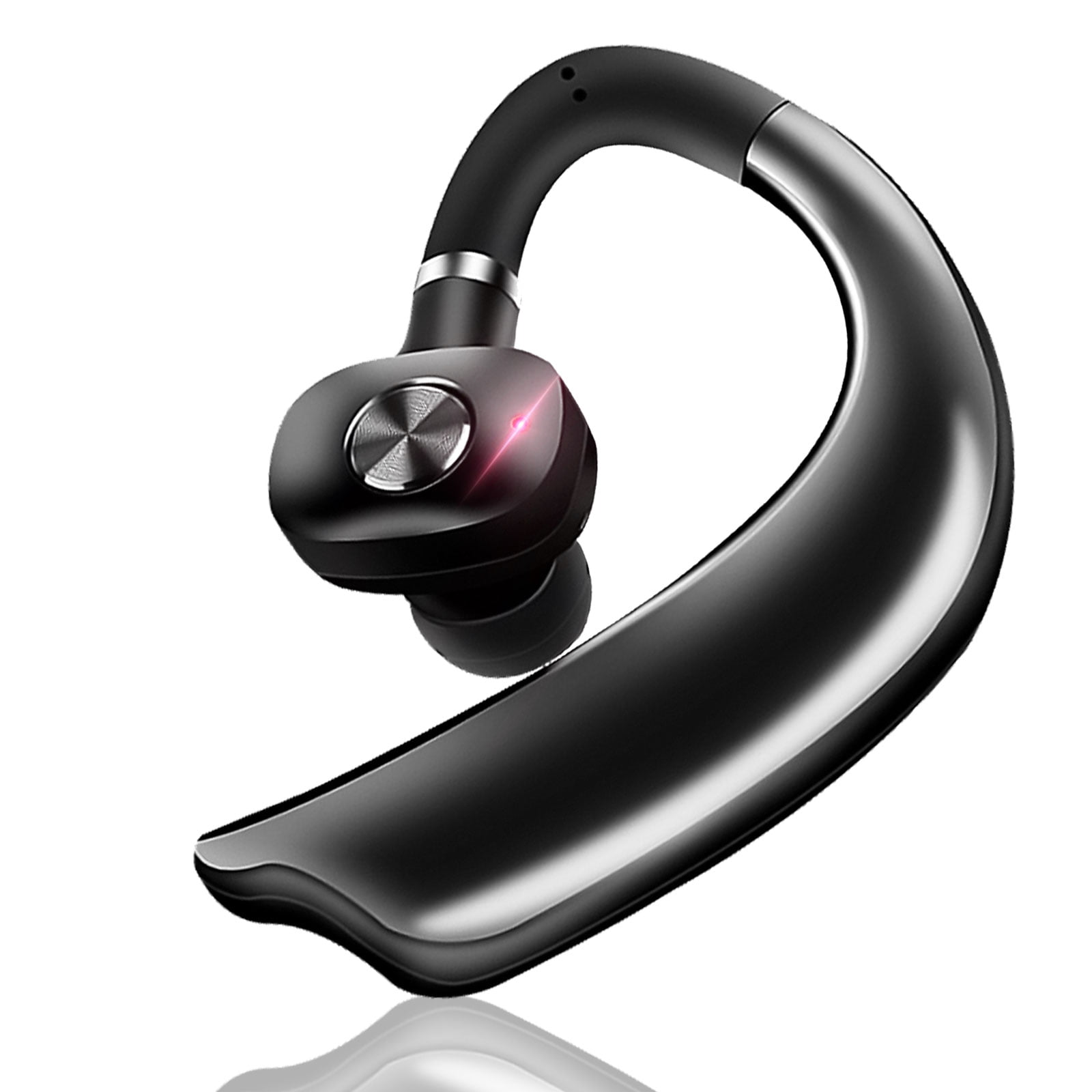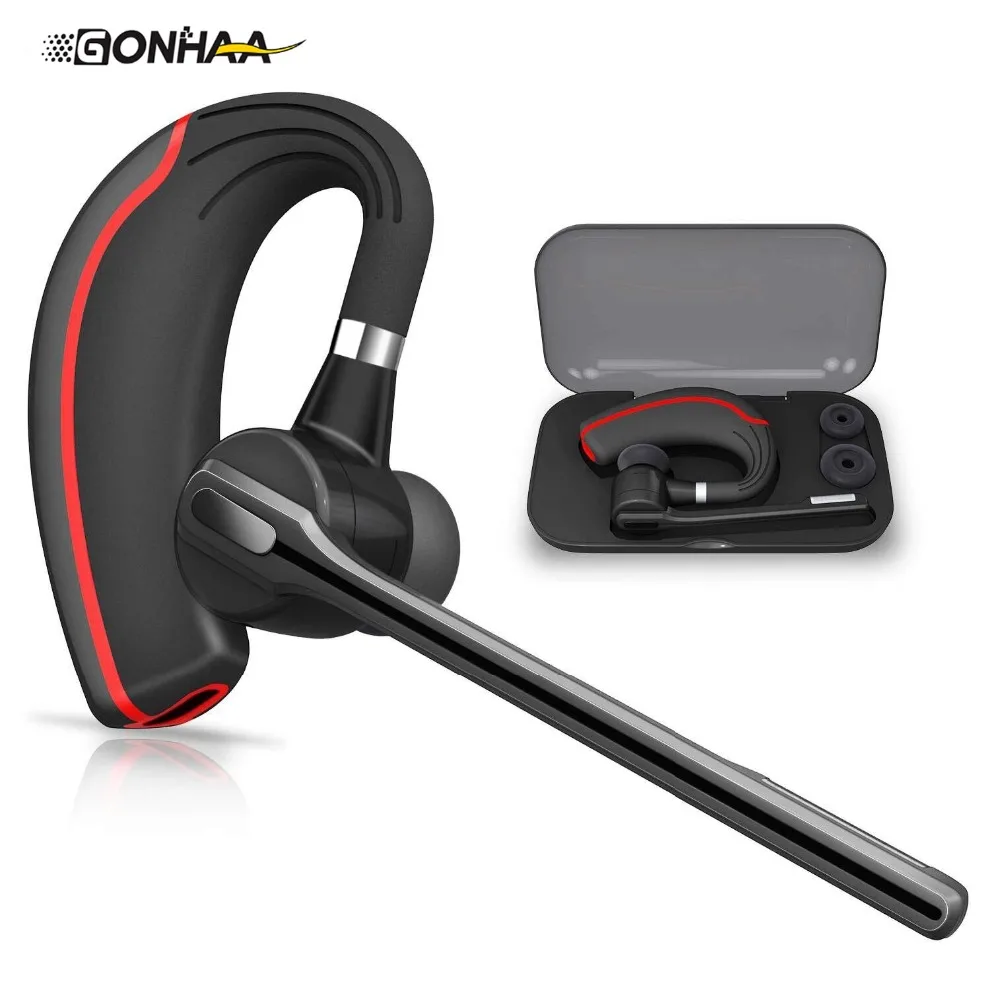

BLUETOOTH HANDSFREE EARPHONE PLUS
Do you think that modern colleges provide $18,000/year greater value than colleges did in your parents’ day? Would you rather graduate from a modern college, or graduate from a college more like the one your parents went to, plus get a check for $72,000? I don’t know if there’s an equivalent of “test scores” measuring how well colleges perform, so just use your best judgment. No, it’s not because of decreased government funding, and there are similar trajectories for public and private schools. Inflation-adjusted cost of a university education was something like $2000/year in 1980. Note this is not adjusted for inflation see link below for adjusted figures That $5000 comes out of the pocket of somebody – either taxpayers, or other people who could be helped by government programs. 2016 schools have whatever tiny test score advantage they have over 1975 schools, and cost $5000/year more, inflation adjusted.

I’m proposing that choice because as far as I can tell that is the stakes here. Which would you prefer? Sending your child to a 2016 school? Or sending your child to a 1975 school, and getting a check for $5,000 every year? Costs really did more-or-less double without any concomitant increase in measurable quality. I discuss this phenomenon more here and here, but the summary is: no, it’s not just because of special ed no, it’s not just a factor of how you measure test scores no, there’s not a “ceiling effect”. It’s hard to construct a narrative where it was school spending that did it – and even if it did, note that the majority of the increase in school spending happened from 1985 on, and demonstrably helped neither whites nor minorities. Most likely this was the general improvement in minorities’ conditions around that time, giving them better nutrition and a more stable family life. School spending has been on exactly the same trajectory before and after that time, and in white and minority areas, suggesting that there was something specific about that decade which improved minority (but not white) scores. But it is hard to credit school spending for the minority students’ improvement, which occurred almost entirely during the period from 1975-1985. There is some heterogenity across races – white students’ test scores increased 1.4% and minority students’ scores by about 20%.
BLUETOOTH HANDSFREE EARPHONE FULL
You can see the full numbers here, but in short, high school students’ reading scores went from 285 in 1971 to 287 today – a difference of 0.7%. Per student spending has increased about 2.5x in the past forty years even after adjusting for inflation.Īt the same time, test scores have stayed relatively stagnant. There was some argument about the style of this graph, but as per Politifact the basic claim is true. So I thought I would make the case for the cost disease in the sectors Tyler mentions – health care and education – plus a couple more. My impression is that most people still don’t know about cost disease, or don’t realize the extent of it. Cowen seems to use it indiscriminately to refer to increasing costs in general – which I guess is fine, goodness knows we need a word for that.Ĭowen assumes his readers already understand that cost disease exists. I’d previously heard the term used to refer only to a specific theory of why costs are increasing, involving labor becoming more efficient in some areas than others. But with so many options available, it can get hard to pick the right one.Tyler Cowen writes about cost disease. Stores have been flooding with headphones from different brands, and they are no shortage of options when it comes to headphones in the market. They come in handy when we are on call, watching videos or playing games. Headphones have become an important part of our lives and we need them by our side to play our favorite songs when we are on our way to somewhere, working out, or relaxing after a long day.


 0 kommentar(er)
0 kommentar(er)
